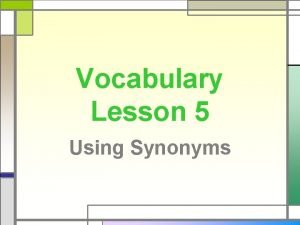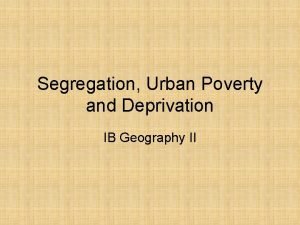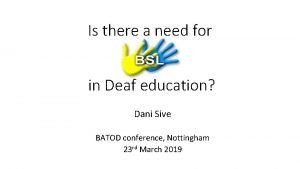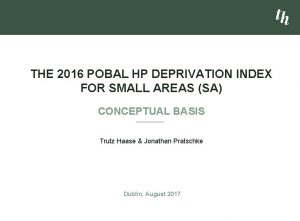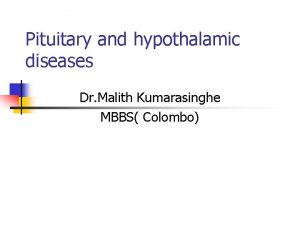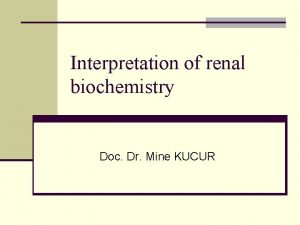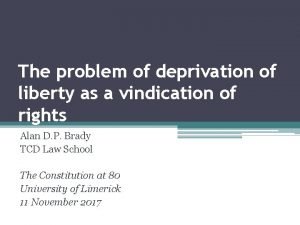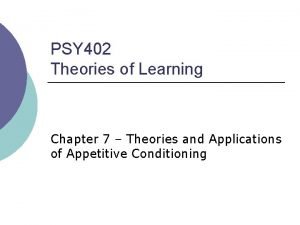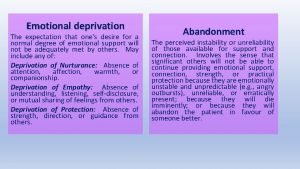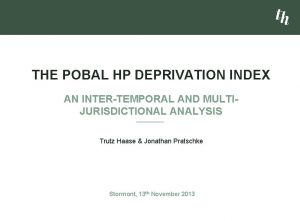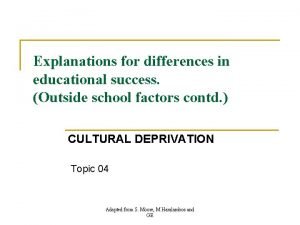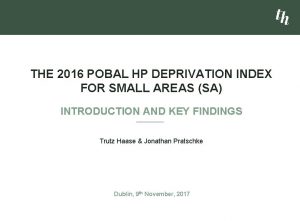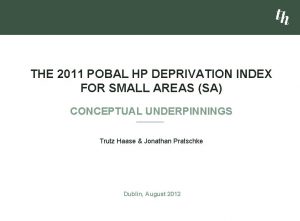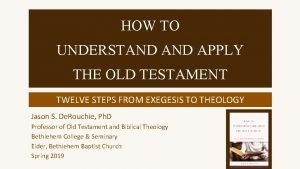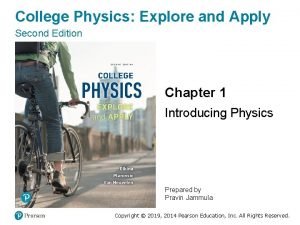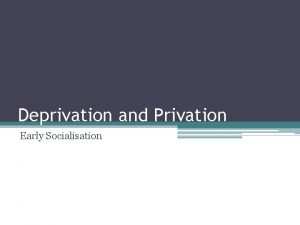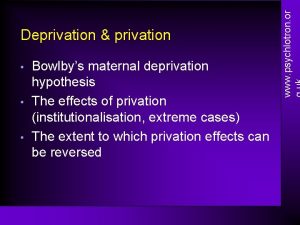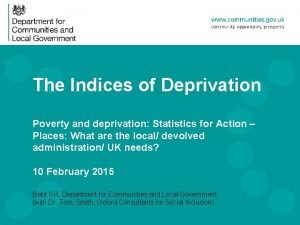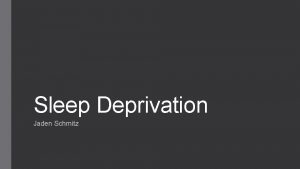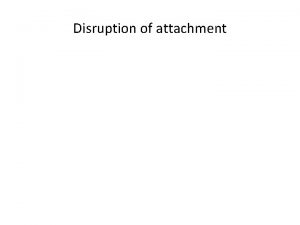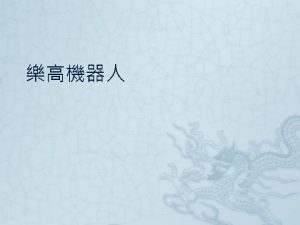Deprivation Define deprivation and privation Apply deprivation and


![Recap Explain the benefits for child psychology of the cross-cultural research method. [3 marks] Recap Explain the benefits for child psychology of the cross-cultural research method. [3 marks]](https://slidetodoc.com/presentation_image_h/76127b10ac58a933a465c2abceeb6a33/image-3.jpg)



![Deprivation – what you need to know… [spec] • Describe and evaluate research into Deprivation – what you need to know… [spec] • Describe and evaluate research into](https://slidetodoc.com/presentation_image_h/76127b10ac58a933a465c2abceeb6a33/image-7.jpg)







![Short-term deprivation • The Robertsons [1968] observed the behaviour of 17 month old John. Short-term deprivation • The Robertsons [1968] observed the behaviour of 17 month old John.](https://slidetodoc.com/presentation_image_h/76127b10ac58a933a465c2abceeb6a33/image-15.jpg)
















- Slides: 31

Deprivation

• Define deprivation and privation • Apply deprivation and privation to scenarios • Explain and evaluate PDD model
![Recap Explain the benefits for child psychology of the crosscultural research method 3 marks Recap Explain the benefits for child psychology of the cross-cultural research method. [3 marks]](https://slidetodoc.com/presentation_image_h/76127b10ac58a933a465c2abceeb6a33/image-3.jpg)
Recap Explain the benefits for child psychology of the cross-cultural research method. [3 marks]

Strange Situation • Rebecca and her one year old child participated in a child psychology study using the strange situation procedure. Her child was assessed as being securely attached. Her friend, who also had a small child, lived in a different country and Rebecca wondered if they were also securely attached.

• Using the work of Ainsworth, describe the behaviour that Rebecca’s child might show, and explain cross-cultural issues regarding child-rearing styles (12 marks) June 2011

One mark per point/elaboration. Max 1 if no reference to child psychology. Ignore weaknesses. Max 1 mark for an example of psychology benefit/knowledge obtained from a study. • It is useful because different findings suggest that the child’s behaviour is not universal but affected by cultural conditions/social norms/eq; • Allows us to establish whether a particular childhood behaviour is due to biological/evolutionary or environmental factors 1 st mark)/eq; If it is found to be universal it is probably due to nature and if not it is due to nurture (2 nd mark)/eq; • Universality allows us to apply theories of human behaviour more widely and be sure of their application to everyone/eq; • Ainsworth found that differing childrearing styles affected attachment type classified using the strange situation which is useful as it tells us that culture affects attachment type/eq; • Conducting research in other countries ensures better generalisability of findings/theory/eq; • Reduces ethnocentric bias in research/ bringing in other cultural views it reduces one sided views of behaviour/eq; • A better appreciation of the impact of culture on behaviour such as different child rearing styles coming from different cultural practices [done well]/eq; • Can suggest more suitable tools to measure a behaviour, e. g. attachment in different cultures, as appropriate/eq;
![Deprivation what you need to know spec Describe and evaluate research into Deprivation – what you need to know… [spec] • Describe and evaluate research into](https://slidetodoc.com/presentation_image_h/76127b10ac58a933a465c2abceeb6a33/image-7.jpg)
Deprivation – what you need to know… [spec] • Describe and evaluate research into deprivation/separation, including Bowlby’s maternal deprivation hypothesis and how negative effects can be reduced. • Describe and evaluate research into privation, including consideration whether the effects are reversible.

Privation or Deprivation?

Definitions Deprivation; Occurs when the attachment bond is formed but is broken later. Privation; When a child does not form any attachment with a significant person.

Child A is 5 years old. He has come to his headteacher's attention because he has developed behavioural problems. These seem to be linked to his father being sent to prison three months earlier.

Child B's mother died in childbirth. Tragically her father committed suicide just two weeks later. Since then she has been in foster care, having a succession of placements.

Child C is 12 months old. He has been taken from his mother who is an alcoholic and gives him no affection or attention.

Child D is two. Her mother has recently had a baby and has been admitted into hospital with post-partum depression. She has been there for a month.

Homework/DPS – how hospitals differ today compared to the 1950 s in terms of children
![Shortterm deprivation The Robertsons 1968 observed the behaviour of 17 month old John Short-term deprivation • The Robertsons [1968] observed the behaviour of 17 month old John.](https://slidetodoc.com/presentation_image_h/76127b10ac58a933a465c2abceeb6a33/image-15.jpg)
Short-term deprivation • The Robertsons [1968] observed the behaviour of 17 month old John. • He stayed in a residential nursery while his mum gave birth. • He was there for 9 days

PDD model • John tried but failed to form attachments with the nursery staff. • He then began to PROTEST and cry. • He then showed DESPAIR [hugging a teddy and rolling around]. • He then ignored his mother when she collected him [DETACHMENT]. • This would be the same for any child being separated from his primary caregiver.

Discussion • What research method did Robertson and Robertson use, explain why and what are the issues with it? • Can you think what would be the important duties for a carer 60 years ago? • What individual differences could be affecting results? • Extension – is this research relevant today?

• The Robertsons then fostered 2 girls shortterm. • Their care had significant impact on the children – no PDD. • Daycare can also be seen as short-term deprivation [do we see PDD in daycare? ].

Long-term deprivation • Can you think of at least 2 examples of longterm deprivation.

Divorce • One parent usually leaves the home. • There may be family re-ordering. • Make notes on the research of Cockett and Tripp [hand-out 1. 7] • Extension: evaluate the research.

Death of a parent • How does this differ to divorce? • Write down the findings of Bifulco. • Rutter concluded that the reason for separation is more important than the separation itself. • Death of a parent had less impact on children than divorce.

• You have been put in charge of a department involved with children who only have one parent [for various reasons]. • Explain [using research] how you would reduce the effects of deprivation for the child, both long and short-term

Pointers • Robertsons – need adequate substitute care to reduce PDD. • Daycare should be minimised until the child is around 2. • Divorce – effects reduced if the child doesn’t witness the conflict. • Non-custodial parent should keep regular contact with the child.

Privation • Come up with 10 questions using the sheet 1. 8 on privation. • Extension – think of a 12 mark question and mark scheme.

Reversibility of privation • Looking at the research, do you think it is possible to reverse privation? • Make notes [with at least 6 points]. You also need examples to back it up

• Rebecca and her one year old child participated in a child psychology study using the strange situation procedure. Her child was assessed as being securely attached. Her friend, who also had a small child, lived in a different country and Rebecca wondered if they were also securely attached. • Using the work of Ainsworth, describe the behaviour that Rebecca’s child might show, and explain cross-cultural issues regarding childrearing styles. [12]

• • • • • • First part of Q – where link to Rebecca is required (once referred to in some detail consider general descriptions as relevant). Rebecca’s child will play independently when the mother is present in the room during the strange situation Ainsworth showed that a secure child would become upset when away from mother. Rebecca’s child would be distressed when away from her. Her child will display distress when she leaves the room Her child will seek comfort when she returns to the room Her child will quickly resume play after being comforted by Rebecca’s’ child will show stranger fear and avoid the stranger in the strange situation Rebecca’s child will not be comforted by the attempts of the stranger in Rebecca’s absence Rebecca’s mother demonstrated a sensitive responsive parenting style Second part of Q Miyake findings can be explained by a culture of close parent-child proximity and desirability of non-crying children Japanese children are kept close to their mothers much of the time, which would explain why no anxious avoidant/cry when separated Grossman and Grossman’s study findings can be explained by a cultural ideology of independent children German parents encourage independence so don’t cry when separated/avoidant type Sagi’s findings can be explained by the lack of close proximity between parents and children and the employment of the metapalet Further studies of modern Israeli kibbutz where parents cohabit with their children show more secure attachment However, a child’s temperament may account for different attachment styles being demonstrated other than culture The strange situation is affected by cultural differences AO 2 The strange situation may pose a huge distress for Japanese children who are unfamiliar with separation, that may explain these findings The findings cross culturally and at home may be an unfamiliarity with the situation which lacks ecological validity Children’s temperament could be the cause of attachment type rather than maternal sensitivity Children in daycare may be accustomed to separation and so respond differently to separation, this does not mean their attachments are insecure

• Outline how Genie (Curtiss, 1977) lived before she was found at the age of 13. [5] • Outline or more strengths of the case study of Genie (Curtiss, 1977). [3] • Using the findings of the case study of Genie (Curtiss, 1977), assess whether the effects of privation are reversible. [4]

• • • • One mark per point/elaboration. No credit for case analysis/outcomes/results/conclusions drawn. • Genie was found at 13 with physical and psychological problems associated with neglect/eq; • She was locked in a small room with very little stimulation/eq; • Genie was ignored and often beaten by her father/eq; • Genie had very few toys/played with cotton spools/eq; • She was fed baby food by her brother/eq; • Sometimes she was allowed to play by the closet with rubber rain macs/eq; • She was tied to a potty chair/restricted to a cot so her physical movements were restricted/eq; Look for other reasonable marking points

• • • • • One mark per point/elaboration of one strength. No credit for a weakness of the study. Max 1 overall for generic evaluation of case studies. • Genie’s case study gathered rich and indepth data/eq; • A range of test were conducted to generate qualitative and quantitative data/eq; • The results gathered are detailed and valid to the case being studied/eq; • Well documented case study by many researchers, so information can be reassessed again in full/eq; • A unique case that could not have been set up ethically by a researcher, so in this sense is special/eq; • At the time confidentiality was maintained such as using a pseudonym, and this was maintained for a long time/eq; • Good knowledge about the development of language and the sensitive period of development was found, helping psychologists understand where there are problems/eq; • Good knowledge about the effects and possible recovery (or not) of privation was found so showing that attachments can be formed after privation, thus helping society/eq;

 Define privation
Define privation Cross apply vs outer apply
Cross apply vs outer apply Lesson 5 using synonyms answer key
Lesson 5 using synonyms answer key Cultural deprivation definition
Cultural deprivation definition Urban deprivation definition geography
Urban deprivation definition geography What is language deprivation
What is language deprivation Hp deprivation index
Hp deprivation index Water deprivation test
Water deprivation test Water deprivation test
Water deprivation test Vacation deprivation
Vacation deprivation Cultural deprivation theory bourdieu
Cultural deprivation theory bourdieu G v an bord uchtála 1980
G v an bord uchtála 1980 Matching law formula
Matching law formula Customer needs and wants are fulfilled through
Customer needs and wants are fulfilled through Emotional deprevation
Emotional deprevation Deprivation of attachment
Deprivation of attachment Pobal deprivation index
Pobal deprivation index Maternal deprivation
Maternal deprivation Examples of cultural deprivation
Examples of cultural deprivation Pobal deprivation index 2019
Pobal deprivation index 2019 Pobal deprivation index
Pobal deprivation index Ksas contact number
Ksas contact number How to understand and apply the old testament
How to understand and apply the old testament Understanding your health and wellness chapter 1
Understanding your health and wellness chapter 1 College physics: explore and apply solutions
College physics: explore and apply solutions The ability to locate interpret and apply information
The ability to locate interpret and apply information Rules of photojournalism
Rules of photojournalism Label print and apply
Label print and apply Repl capture/apply: memory
Repl capture/apply: memory Monash univeristy student exchange office
Monash univeristy student exchange office Mcgill u apply
Mcgill u apply Hmda land use certificate
Hmda land use certificate


